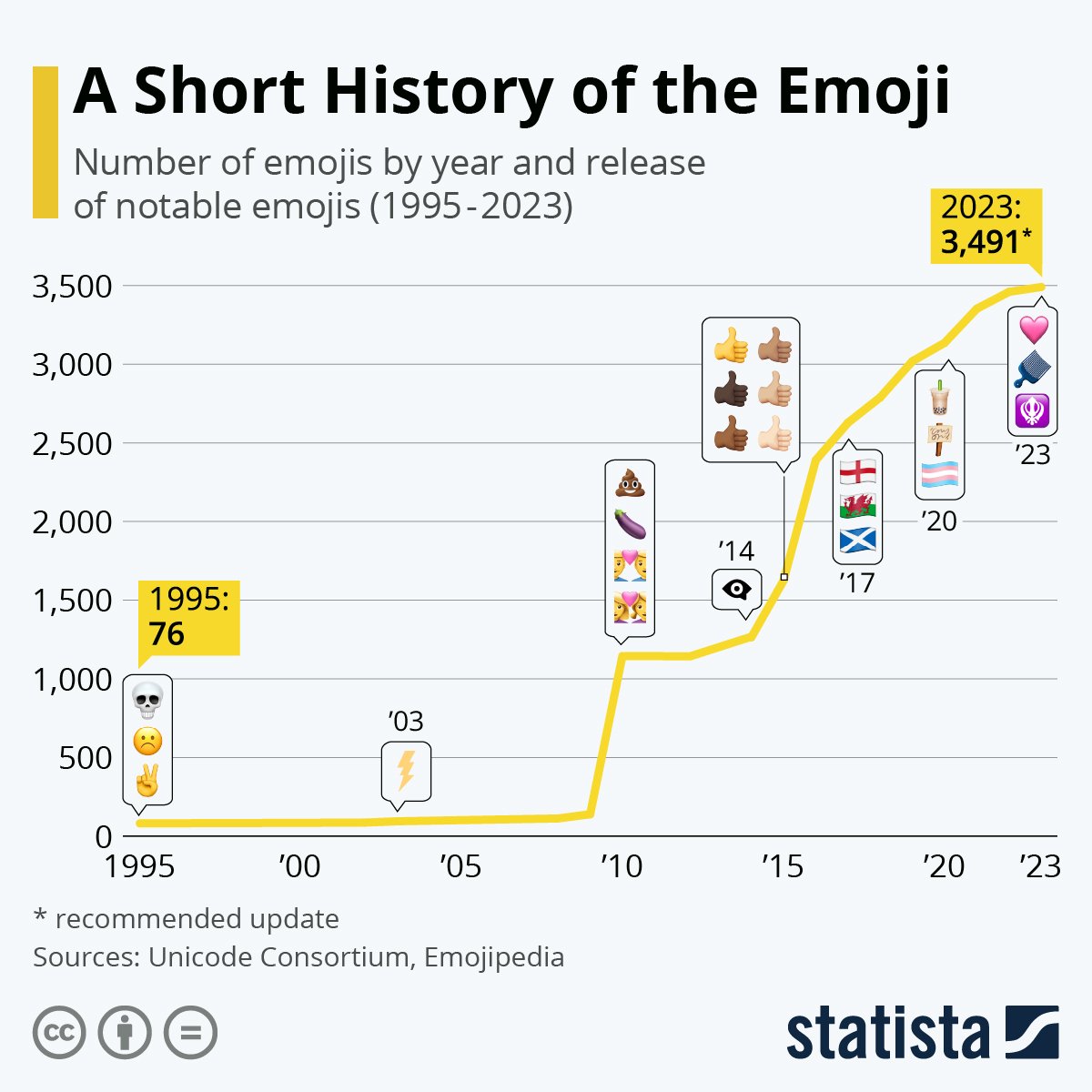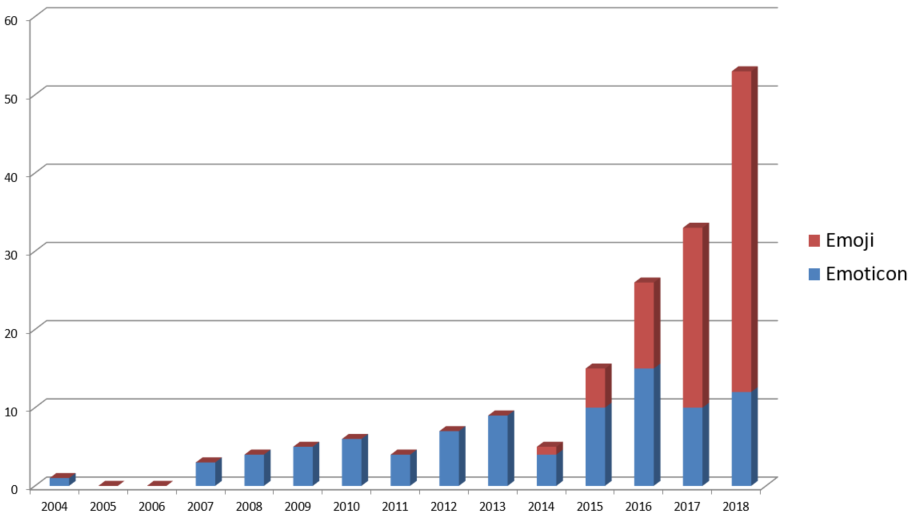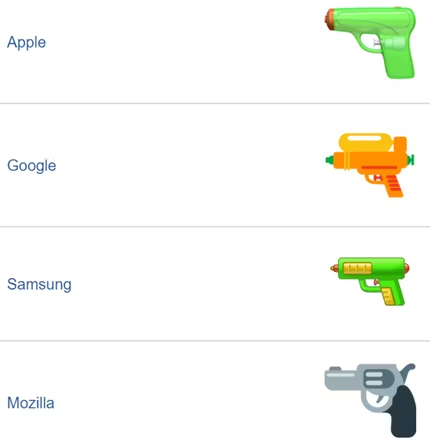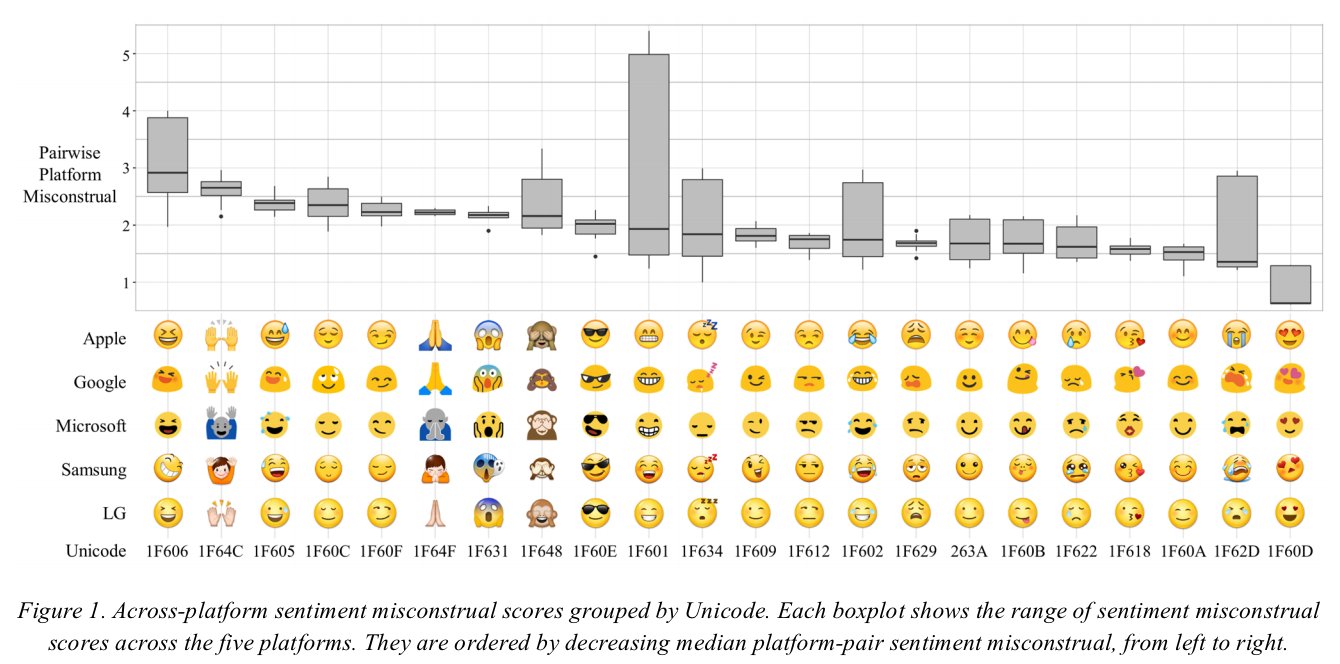Are emojis legally binding? Can they be used as evidence in court?
The answer is complicated.
Let me demonstrate:
How do you define this emoji? 🙏
Is it someone praying or a congratulatory high-five?
What about this emoji? 😚
Is it a kissy face or someone whistling?
These two examples immediately highlight some of the biggest challenges that legal professionals are facing when it comes to emojis and litigation matters and investigations.
How do you accurately interpret emojis when people encounter and define them differently?
How should the law determine consent, agreement, or state-of-mind when all you have are pictures?
Here we’ll explore some of the crucial challenges facing lawyers and judicial officers when it becomes necessary to comprehend the meaning of emojis in communications.
A Brief History of Emojis: An Evolution of Hieroglyphics?
Once upon a time, the epitome of preserved human communication was pictorial drawings and symbols rather than letters, words, and text. Some could argue that letters are basically the same thing: representative characters but strung together to promote deeper communicative capabilities.
In this respect, our written language could simply be an evolution of these pictorial representations. So it’s not far-fetched to imagine that nowadays we are perhaps reverting back to more simplistic illustrative means of communication with the rise of emojis.
At some point in the epoch of digital communication, we used editable text to create pictorial representations of facial expressions and gestures, like :) or ¯\_(ツ)_/¯ . It all progressed from there.
Soon, we added color, cuteness, and even animation.
The Unicode Consortium was formed in 1991 to provide a standardized method for rendering cute, visual emojis into alphanumeric codes so that they could all look the same across computing platforms. Unfortunately, the Unicode Consortium has limited power over hardware and software manufacturers so the push for consistency quickly ran into speed bumps.
One huge development in emoji acceptance was the iPhone emojis introduced in Japan in 2008. (Surprisingly, the iPhone didn’t actually support emojis worldwide until 2011 with iOS 5.)
In 2009, Gmail added support for 1200 emojis (or emoticons as they called them at the time) with the help of Japanese phone carriers.
By 2010, the Unicode Consortium developed emoji standardization, which meant the big tech companies could start creating their own versions of emojis that could be read across operating systems.
Finally, in 2011 Apple released the emoji keyboard worldwide, ultimately making emojis a staple of digital communication.
 Source: https://www.statista.com/chart/17275/number-of-emojis-from-1995-bis-2019/
Source: https://www.statista.com/chart/17275/number-of-emojis-from-1995-bis-2019/
In 2015, the “crying-from-laughter / crying-from-happiness” 😂 emoji (officially known as “Face with Tears of Joy”) was selected as the Oxford Dictionary’s word of the year.
Oxford Dictionaries Word of the Year 2015 is… 😂! https://t.co/LjJyxO8cvv #OxfordWOTY pic.twitter.com/Ced28y3I6F
— Oxford Languages (@OxLanguages) November 16, 2015
Now, it’s tempting to dismiss this move as a stunt, and certainly the linguists were up in arms, but there’s no denying that it reflected a fundamental change in the way we all communicated.
When it comes to online communication, emojis are a core part of our vocabulary.
Even in the relatively formal environment of a large multinational corporation, it’s not unusual for colleagues to include emojis in their Slack or Microsoft Teams messages.
It's safe to say that by the 2020’s emojis (and emoticons) have become commonly accepted and fully integrated into the breadth of our digital communications.
And as of today, The Unicode Consortium is still active and continues to draft new recommendations.
The Benefits of Emojis in Social Media
While a cartoony emoji can seem like a frivolous add-on to a message that has very little value in itself, it’s worth pausing to consider why they’re so popular.
Don’t underestimate the value of the simple emoji, argues Jenna Schilstra in her TED Talk, In defense of emojis. From ancient Egypt to modern-day Japan, visual characters have long been used as a vital form of communication. And in a world where we’re now constantly communicating with each other through mobile text messages, collaboration platforms, and social media comments, emojis have the power to not only clarify what we mean, but also add some humanity to what can otherwise be impersonal channels.
“Emojis amplify and clarify your subtext,” says Schilstra. “So all you have to do is add a smiley face, and your tone is perfectly clear.”
The question is, in a court of law, are emojis ever that clear cut?
Understanding the Meaning of Emojis
Emojis are so adorable and delightful that it’s difficult to imagine they can create so much confusion and uncertainty. The most prolific hurdle is simply the absence of a consistent, literal meaning for emoji symbols.
🙏 Is it hands clasped in meditative prayer or a boisterous high five for a colleague?
😚 Is it an alluring kissy face or someone whistling nonchalantly?
Emoji is truly a language all in itself, but it’s not a universal language with universal meaning – that’s what causes problems.
Much more so than the written word, emojis are open to interpretation.
When, for instance, is an eggplant not really an eggplant? A message containing this emoji string, 🍎🍐🍆🌽🍌, will likely exist within a very different context from one that looks like this 😍😏🍆😜.
The first could be a grocery list, while the second could very well be inappropriate innuendo relevant to a sexual harassment case.
But even that second string can’t automatically be classified as inappropriate. To truly understand what message all those little emojis are trying to convey, you need to understand the context.
While it’s true, as Jenna Schilstra argues, that “emojis amplify and clarify your subtext,” emojis also demand a much better understanding of the context they’re being used within. In that sense, the use of an emoji is more akin to a face-to-face verbal statement than a written sentence. So much of what we convey is nonverbal and implied when we speak in person—gestures and facial expressions carry a lot of content, but you can only decode it successfully if you’re familiar with the context.
Understanding their meaning in digital communications comes down to the context in which they’re used.
That sounds simple enough, but what if a communication is all emoji and no other text to provide that all important context?
What is the proper approach for seeking the accurate meaning of “wordless communication”?
Legal Cases Examining Emoji Use and Meaning in Wordless Communication
Can the Moon-Face Emoji Be Interpreted As Financial Advice?
Did you know a simple moon face emoji 🌝 recently landed an investor in hot water in a US court case?
In the case In re Bed Bath & Beyond Corp. Sec. Litig., a judge ruled that a moon emoji tweet could be interpreted as financial advice, potentially costing the investor millions in a "pump-and-dump" scheme. 🤯
Here's the breakdown:
- Investor Ryan Cohen tweeted a moon emoji alongside a negative news story about Bed Bath & Beyond.
- The court determined that, in the "meme stock subculture," the moon emoji is often associated with "to the moon," meaning a stock's price will rise.
- Investors interpreted Cohen's tweet as a signal to buy or hold Bed Bath & Beyond stock, driving the price up.
- Cohen then sold his entire stake, profiting $68 million, causing the stock to plummet.
- A lawsuit followed, arguing the emoji was a "rallying cry" to manipulate the stock price.
Judge McFadden stated, “There was a ‘substantial likelihood that a reasonable investor would consider it important.’”
Can a Thumbs-up Emoji Be Interpreted As Consent to a Legally Binding Contract?
The King’s Bench in the province of Saskatchewan in central Canada ruled that a thumbs-up emoji was equally as binding as a signature on a contract. But to arrive at that conclusion, the Justice had to examine the context of the emoji use, along with other considerations.
The question was whether a farmer agreed to a contract to deliver flax.
The buyer texted the farmer a draft of the contract with the request “please confirm flax contract.” The farmer replied via text with only a thumbs-up emoji 👍 but did not deliver the flax by the date specified in the contract. The farmer argued the thumbs-up emoji was simply an “acknowledgement” of receiving the texted contract but not “acceptance” of the contract.
The Court discovered that the farmer and buyer had a longstanding relationship and the farmer had previously agreed to texted contracts from the buyer by replying via text with words including “Looks good!” and “Ok” and “Yup.” It’s just in this instance the farmer texted the thumbs-up emoji 👍 instead of words.
As a starting point, the Justice turned to Dictionary.com. It defines the thumbs-up emoji as a way to “express assent, approval or encouragement in digital communications, especially in western cultures” (more on the culture component in a moment).
And after considering the intricacies of the factors required for contracts and electronic signatures, the Court found that all of the context and surrounding circumstances established a valid contract between the farmer and buyer, and imposed a substantial fine on the farmer.
Can an Emoji Be Used as Evidence of Prostitution?
In 2019, it was reported that Bay Area prosecutors tried to use an emoji string as evidence that an accused man was guilty of pimping charges.
He had sent the following direct message through Instagram: “Teamwork make the dream work 👠💰.”
According to prosecutors, the message suggested a working relationship between him and the woman he had sent it to, but he argued that he had simply been trying to initiate a romantic relationship with her.
To help make their case, prosecutors brought in an expert specializing in sex trafficking to argue that the message was saying “wear your high heels to come and make some money.”
The expert also stated that a crown emoji the accused had used in a previous message implied that “the pimp is the king.”
Ultimately, this emoji evidence didn’t make or break the case, but it did add evidentiary support. And according to Eric Goldman, an expert in the area of emoji-related litigation, these kinds of situations are increasing in number. And as they increase, courts need to develop tools for interpreting emojis effectively.
“Emoji usually have dialects,” says Goldman. “They draw meaning from their context. You could absolutely talk about emoji as a phenomenon, but as for what a particular emoji means, you probably wouldn’t go to a linguist. You would probably go to someone who’s familiar with that community, just like they did with the sex trafficking case.”
Can Emojis Signify Intent and Constitute a Tentative Agreement?
Another prominent example of emojis being interpreted by Courts comes from Israel, in the context of the highly competitive market for apartments in the central Tel Aviv area. During accelerated negotiations, a prospective tenants texted their prospective landlord the following:
“Good morning 😊 interested in the house 💃🏼 👯 ✌ 🎐 🐿 🍾 just need to discuss the details … When's a good time for you?”
But when time came to sign the papers, after the landlord had taken down the listing, he could not get a response from the prospective tenants. Upset by the lost rent, he took them to court.
At issue was the string of emojis that included a Spanish dancer, women with bunny ears, peace sign, comet, chipmunk, and champagne. The question was whether this emoji string signaled a positive intent on behalf of the prospective tenants enough to justify the landlord taking the house off the market. The Judge concluded that it did, while awarding about $2,200 in lost rent to the landlord:
“The…text message sent by Defendant…included a smiley, a bottle of champagne, dancing figures and more. These icons convey great optimism. Although this message did not constitute a binding contract between the parties, [it] naturally led to the Plaintiff’s great reliance on the Defendants’ desire to rent his apartment…These symbols, which convey to the other side that everything is in order, were misleading.”
Can Emojis Be Considered Threats?
In another case, two men were taken into custody in South Carolina for a string of emojis they sent to another unnamed man via Facebook. There were no words in the message, just three emojis: a fist, a finger pointing to the right, and an ambulance (👊 👉 🚑).
This emoji string was apparently meant to communicate the plan of the two men to beat up the unnamed man to the point where he would need to be sent to the hospital in an ambulance. The two men had also threatened the unnamed man on previous occasions (in person). This emoji string was the last straw. They faced up to 5 years in prison if they were convicted.
As you can see, when it comes to interpreting emojis in the law, context is what really matters.
The Legal Challenges of Interpreting Emoji
Emoji expert Eric Goldman is a Santa Clara law professor who has been tracking the prevalence of emojis in litigation since the early 2000s. This graph (created by him) shows how it has skyrocketed.
 Credit: Eric Goldman
Credit: Eric Goldman
For legal teams and eDiscovery professionals, this trend again highlights the importance of having insight into context and intent.
Beyond assessing the context of emoji use, the challenges involved with interpreting emojis for legal professionals are both technical and cultural.
Technical Challenges of Interpreting Emojis in the Law
On the technical side, there are simply so many emojis today that it’s overwhelming. As of September 2023, there are 3,782 emojis in the Unicode Standard and that’s not even counting the “custom” emojis that some platforms support (those custom emojis are limited to their respective platforms and are not universal).
To add even more technical complexity, the same emoji can look quite different depending upon the platform, browser, or app being used.
For example, taking the basic “smiley face” 😀 (officially the “grinning face”). The face may look slightly different depending on whether you’re viewing the emoji on an iPhone, an Android device, in a web browser, a collaboration platform (e.g. Slack or Teams), or another app (e.g. WhatsApp or X). Sometimes the eyes may be wider, the smile may or may not show “teeth” or a tongue, and some may even have slight animation.
Source: GroupLens
Emojis may also change over time, often in response to adapting societal norms. Most notably, the original emoji depicting a handgun or revolver was changed by Apple in 2016 from a weapon to a toy “water pistol”. Other companies followed suit by 2018. Today, when you search for a “gun” emoji on most platforms your results will be toy water pistols.

Source: How To Geek
Since context is so essential to interpreting emojis, there is a huge technical obstacle when it comes to collecting evidence from social media, team collaboration tools, and text messages: it’s crucial to see posts, messages, and conversations exactly as they originally appeared. Looking purely at a CSV spreadsheet of exported data will not provide the necessary context.
Only by looking at messages and conversations exactly as they originally appeared can legal professionals begin to identify subtext and understand the implicit meaning all those emojis, Twitter terms, and chat abbreviations are actually trying to convey.
Cultural Challenges of Interpreting Emojis in the Law
When it comes to the interpretive challenges with emojis, we’ve already seen how ambiguity can pose all sorts of confusing challenges. But there are also broader generational and cultural factors that must be considered.
Emojis mean different things to different generations. For example, the “cowboy hat face” 🤠 could innocently represent someone portraying their fancy for old western movies, but other generations may use it describe a situation where one is pretending to be happy when they’re sad or feel awkward.
Older generations may use the “rolling on floor laughing” emoji 🤣 to convey the humor they found in something, but younger generations may opt instead for the “skull” emoji 💀 to convey they are “dead from laughter.”
Throughout history, different generations have always altered words to fit their own uses (slay, rizz, jazzed, slaps, etc.), it’s just that we’re dealing with emojis here instead of words.
Then there are cultural considerations. The thumbs-up emoji usually expresses assent in “western cultures”. But that same emoji in some non-western cultures is considered obscene, essentially the equivalent of “up yours!”
In the 1950’s, President Richard Nixon walked off a plane in Brazil to an enthusiastic crowd and flashed the “A-O.K.” sign with his hands. While that hand symbol or emoji is mostly innocent for North American audiences, it is a lewd gesture in some South American countries.
¯\_(ツ)_/¯ How Can Legal Professionals Be Prepared to Interpret Emojis?
First, reading this article is an excellent place to start becoming more aware of the challenges involved with the use of emojis in modern-day communications. Legal professionals cannot claim ignorance of the tools and trends that people use to communicate today.
Second, as the cases above illustrate, it’s imperative to always consider the context in which you find emojis, whether that’s looking at the surrounding words and conversation, or previous interactions between the individuals.
One of the best resources to bookmark is the Emojipedia. You can search for an emoji and find its generally acceptable meaning and its official name. The Emojipedia will also show you how each emoji appears on the different platforms as well as the design history of each emoji over the years.
Another excellent resource is the Technology & Marketing Law Blog by Law Professor Eric Goldman who tracks many cases that involve emoji.
And lastly, it’s critical to know what tools can accurately and objectively collect and preserve emoji communications when it’s necessary for litigation matters or investigations.
When it comes to text messages, social media posts, or on enterprise collaboration platforms like Microsoft Teams or Slack, tools like Pagefreezer best understand the technical necessities for properly collecting emojis in communications, along with the crucial surrounding context.











